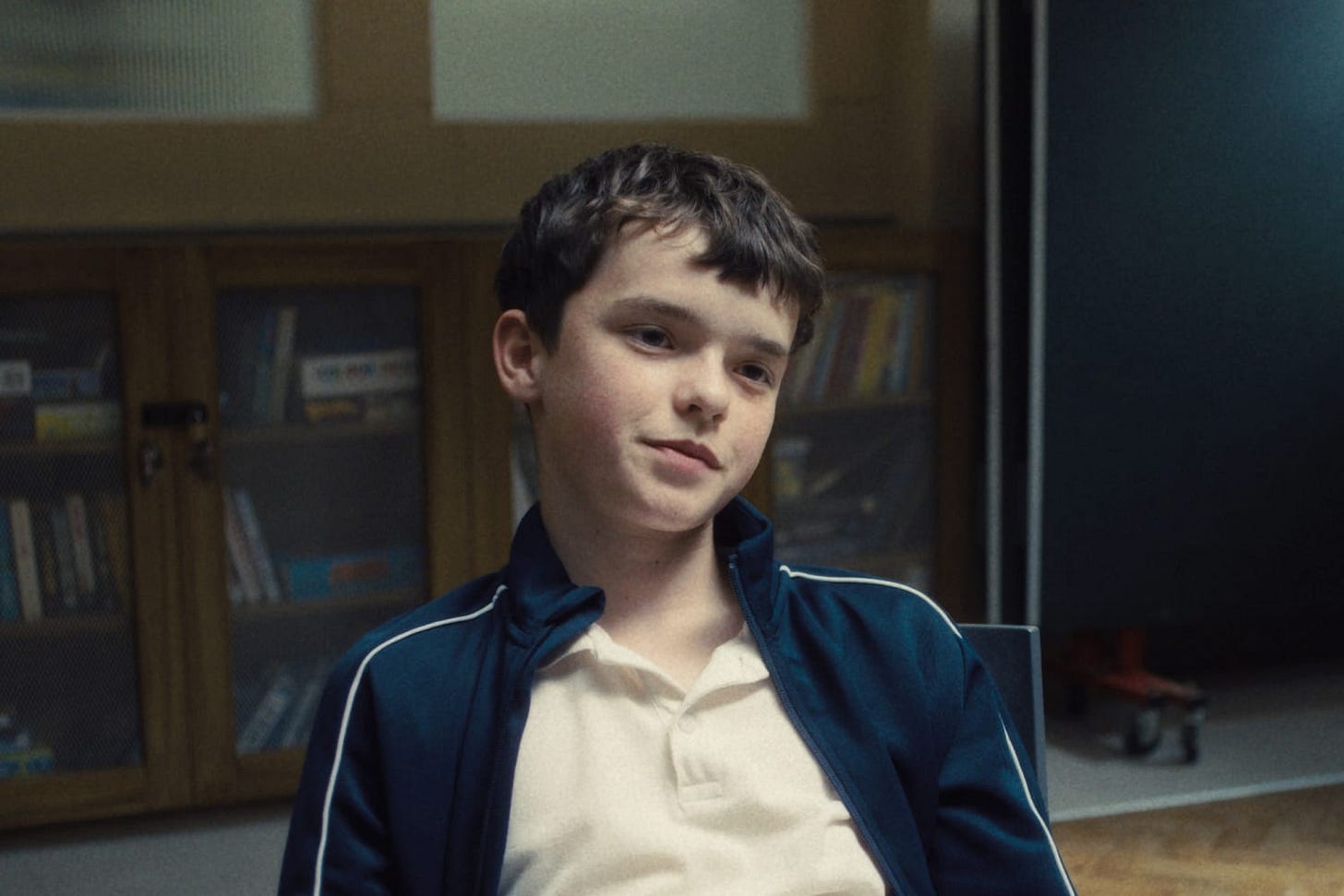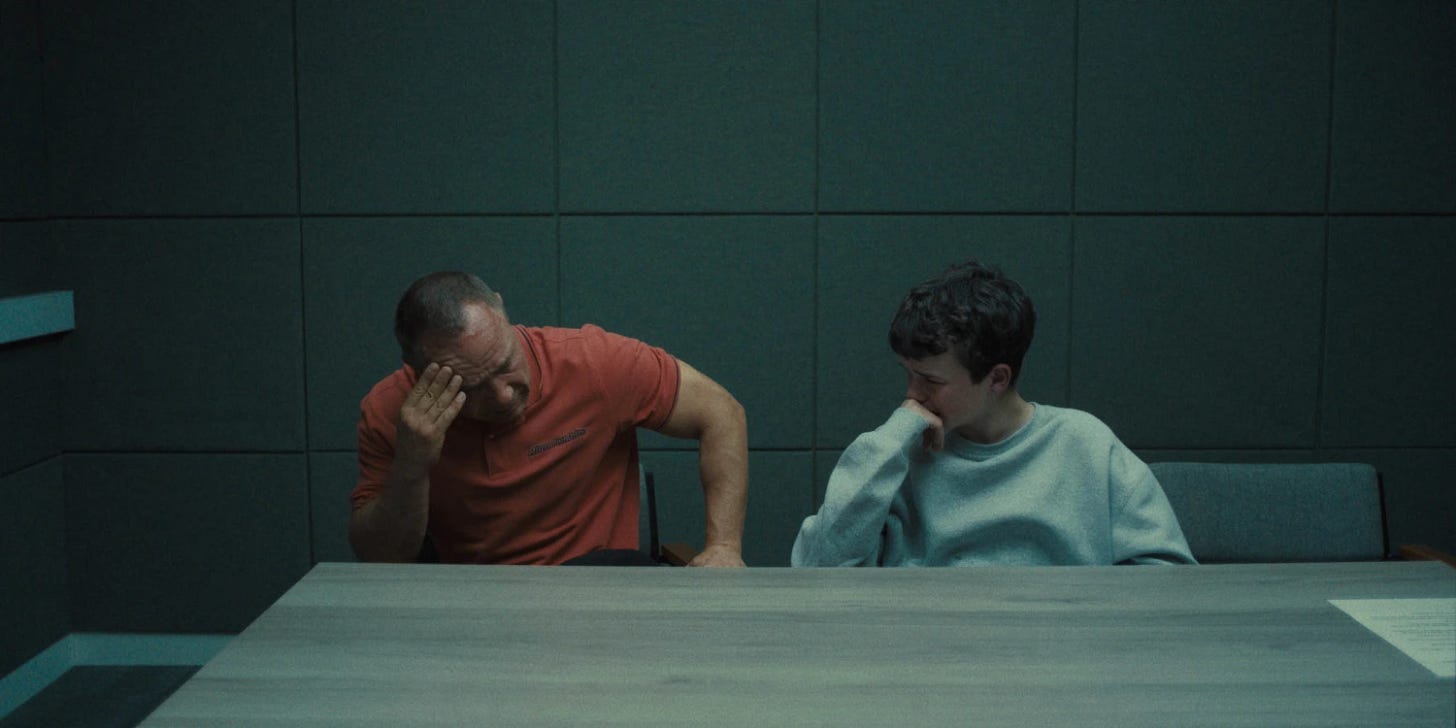Adolescence and the real ‘anger problem’ we face
Toxic influencers and undereducated parents only scratch the surface when it comes to the deep cultural challenges we have with the last taboo emotion
In the early 1990s two American psychologists, Raymond DiGiuseppe and Raymond Chip Tafrate, were hired to work with men in their local community who had committed violent crimes. They found, to their puzzlement, there was no clinical diagnosis that fitted the people they were treating, whose “emotional excess was anger and whose behaviours were chronically aggressive.”
Seventeen years later they wrote Understanding Anger Disorders, a book that amounted to a rallying cry for their profession. “As a strictly clinical concept, anger appears to have been excluded in psychiatry and psychology in the twentieth century,” they wrote. After crunching the data from 35 years worth of scientific research they’d discovered that, between 1971 to 2005, 1,267 articles covered depression, 410 explored anxiety and only 7 related to anger.
“Anger still doesn’t have a conceptual home [in psychology],” Tafrate told me last year. “There are all sorts of terms that are confused. Anger, aggression, hostility and hate haven't been very well differentiated. Anger is still the forgotten emotion.”
Adolescence, the superb Netflix drama starring Stephen Graham which is now number one in both the UK and America, is not a whodunit so much as a whydunit. We learn by the end of the first, pulsating episode that Jamie, a 14 year old boy, has murdered his female classmate. At first detectives – and by extension, viewers – suspect the parents are to blame. Is his father abusive? Has Jamie learned violence at home? Over the four episodes, another culprit emerges: the toxic world of online influencers. The internet, as the New Yorker writes, is the show’s ‘emanating evil’. Adolescence has struck such a deep chord in viewers because it brings to life a dreadful fear: that the generational gulf technology has created between Gen X parents and their children may be too big to cross.
There is another factor at play in Jamie’s story, one which long predates smartphones and Andrew Tate – and it’s the same one DiGiuseppe and Tafrate identified forty years ago. In the critically-acclaimed third episode, a psychologist called Briony – portrayed brilliantly by Erin Doherty – visits Jamie for an assessment. Their back and forth becomes a tense two-hander about the masculine struggle with emotional expression. When asked to describe how his father and grandfather show their feelings, particularly anger, Jamie immediately becomes inarticulate, frustrated and hostile. At one point Jamie stands up to intimidate Briony, suddenly a man in a boy’s body.
One of the things we get wrong with anger is that we conflate it, all the time, with aggression and even violence. We confuse an emotion there to protect us with a behaviour that wreaks havoc. In fact, aggression and violence is a rejection of anger, not a logical or authentic expression of it. It’s a signal we can’t tolerate the hurt and vulnerability anger is alerting us to. For Jamie’s Dad, this manifests in going outside and banging around in his shed. For his son, put through the ringer of online misogyny, the outcome is far, far worse.
This difficulty we have in discussing the feeling of anger – until it has resulted in an act of anti-social behaviour we can condemn – is mirrored in the very professions devoted to understanding emotions and how they impact us. According to Tafrate, anger has been neglected by psychiatry for decades for a rather prosaic reason – it is a pain in the backside to deal with. Therapists and counsellors would much rather treat depressive and anxious patients who are, on balance, easier to sit opposite for 50 minutes at a time. “I think we have more natural empathy for people that are depressed or have other mental health disorders,” he says. “When people are angry, they're kind of nasty to work with, we look at them with a more judgmental stance. And practitioners aren't trained on how to intervene, how to properly assess and, and handle [those] people.” Emotional scientists, meanwhile, have discovered that, particularly in the United States, research into anger is nearly impossible to get off the ground. Few funding agencies or companies want to touch it, and powerful lobby groups such as the NRA oppose it for fear of what understanding anger, aggression and violence better could mean for them.
If psychology and science struggle to look anger directly in the face, then what hope do we have in everyday society? The first step to addressing the problem caused by rage is to destigmatise the conversation around anger itself. In recent years, we have done this with sadness (“it’s OK not to be OK”) to try and tackle its toxic end point of depression. Anger will be a scarier and more difficult conversation – particularly for men, who are socialised to be entitled to express anger, but never to explore it. But as Adolescence reminds us, the need to do so is urgent.
On the one hand I’m glad that a TV show about the devastating impact of violent rage has hit such a nerve weeks before the publication of my book about healthy anger. On the other, the fever around Adolescence also serves to show how much the conversation is needed. In Good Anger, I make the argument that the problem is not that there is ‘too much anger in the world’ but that our understanding of anger and our ability to discuss it without shame is broken. Anger isn’t going anywhere, and no should we wish it to. This approach only leads to repression, suppression and shocking – sometimes horrifying – outbursts. “Unexpressed emotions never die,” said Freud. “They are buried alive and will come forth later in uglier ways.” Had Jamie been brought up in a world where he felt safe to voice his anger early, explore what might be telling him and get the help his loving parents were offering, perhaps there could have been a happy ending.
Good Anger, my book about understanding and using anger wisely, is out 5 June 2025 and can be pre-ordered on Waterstones and Amazon.






What a fascinating and important subject. I've heard often that anger is depression with energy, or maybe the other way around - depression is anger without energy. But it's not nearly so simple. Looking forward to your book Sam!
Anger is an emotion that I never felt free to express growing up. Early mtherhood unleashed more rage than I had ever experienced (or let myself experience). It raised so many questions about what a healthy spectrum of emotions even is and how to express (and model) anger in healthy ways. Glad to have found you.